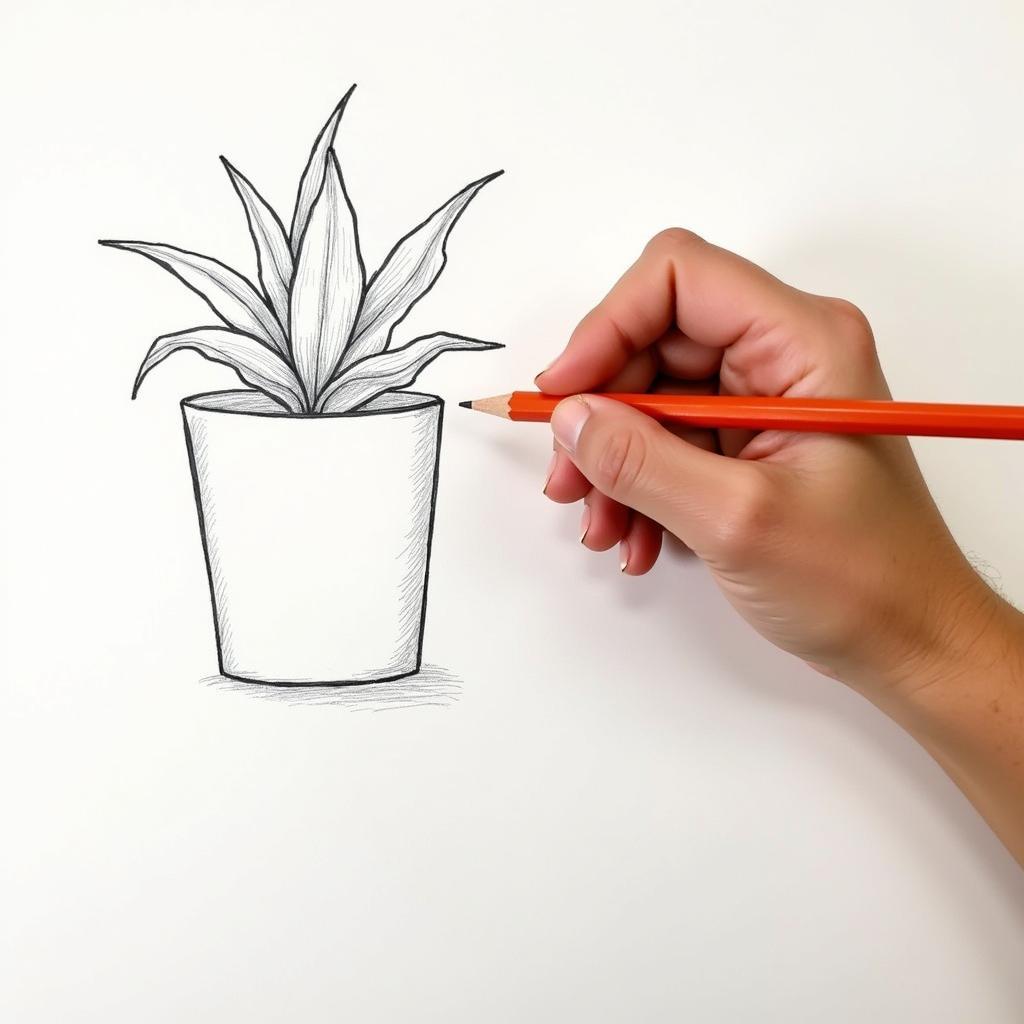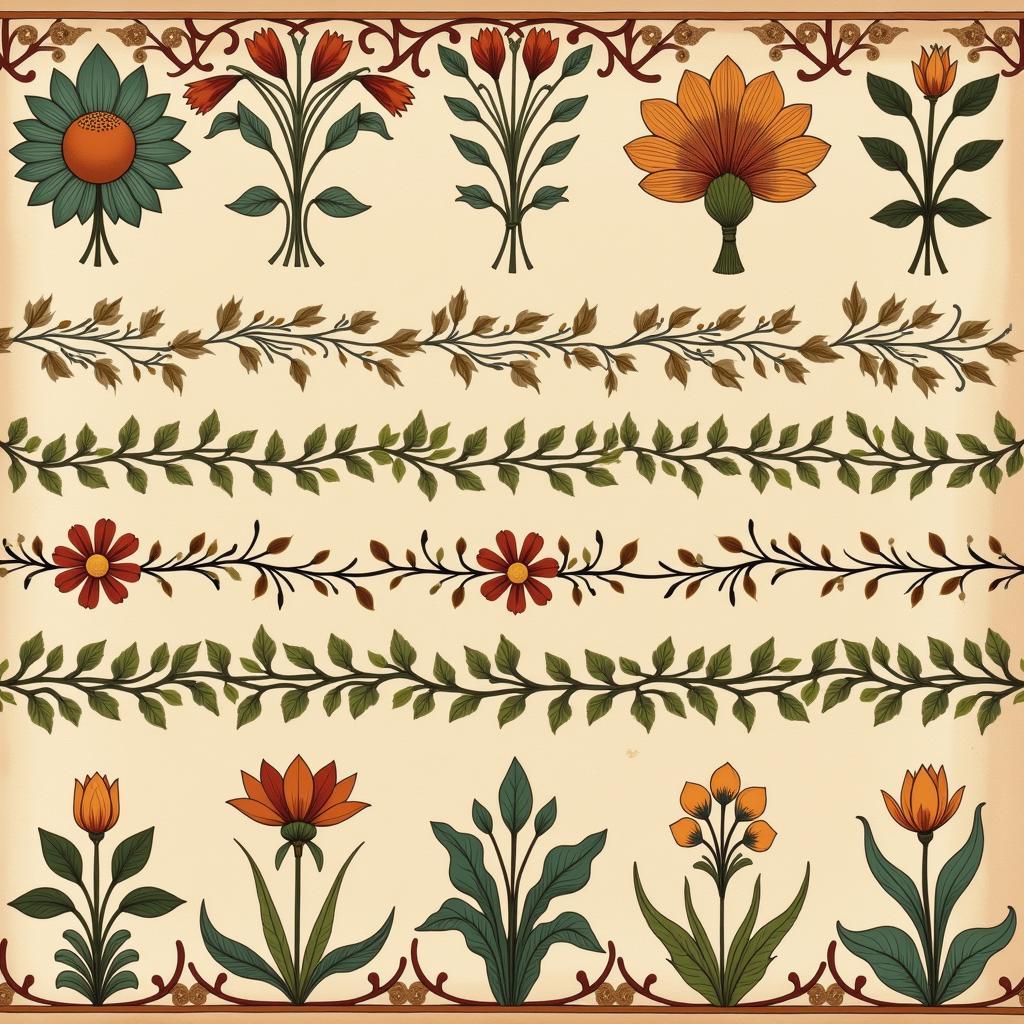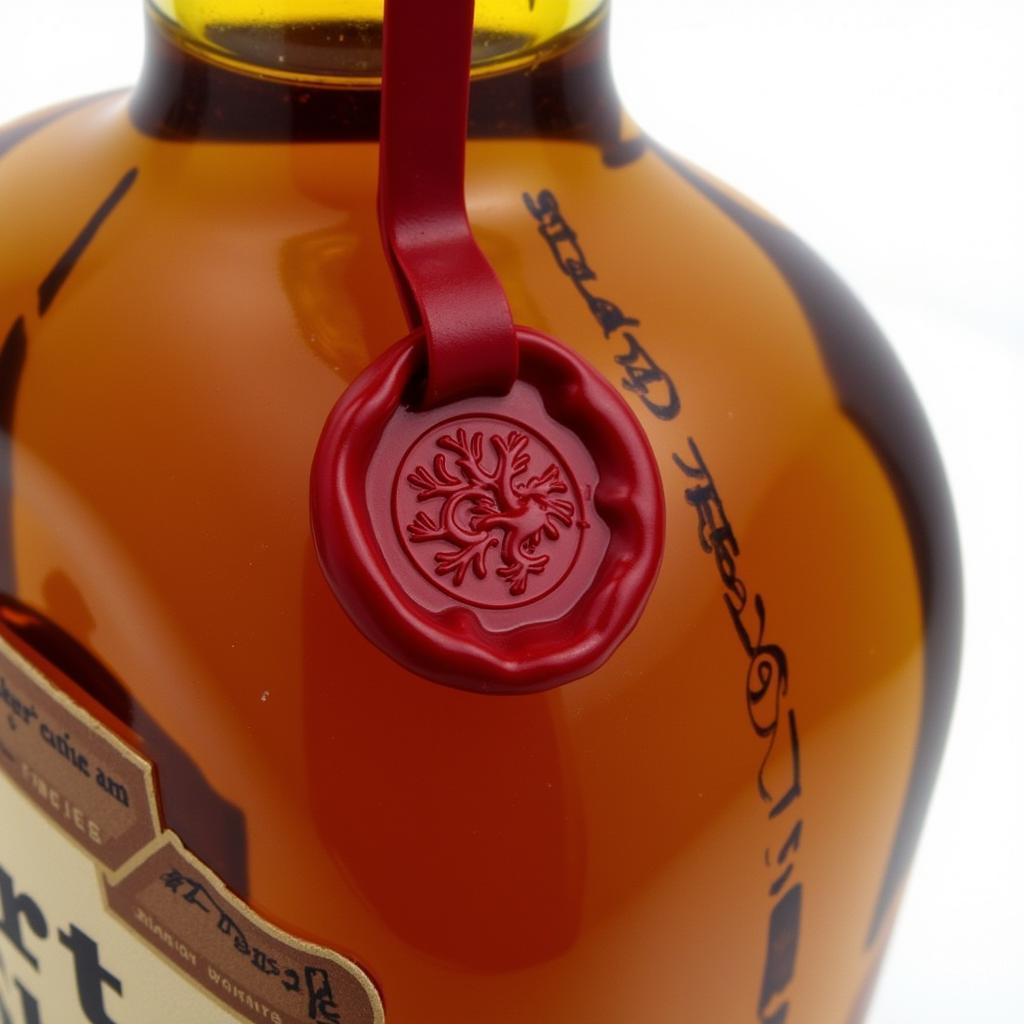Navigating the World of Art Criticism: Essential Books
Art criticism, the practice of analyzing and interpreting art, can be a daunting field for both aspiring artists and seasoned art enthusiasts. With a plethora of perspectives, historical contexts, and evolving artistic movements, understanding art criticism requires a solid foundation in its core principles and methodologies. What better way to delve into this fascinating world than through the pages of insightful books? This comprehensive guide explores essential Books On Art Criticism, equipping you with the knowledge and vocabulary to appreciate, analyze, and engage with art on a deeper level.
 Art Criticism Books Research
Art Criticism Books Research
Unveiling the Power of Art Criticism: Why It Matters
Art criticism is more than just expressing personal opinions about art. It involves a systematic approach to understanding the context, meaning, and significance of artworks within the broader art historical narrative. By exploring the artist’s intentions, techniques, and the social, cultural, and political influences of their time, art criticism helps us unravel the layers of meaning embedded within each piece.
Essential Reads for Budding Art Critics
1. “Ways of Seeing” by John Berger: This seminal text challenges traditional approaches to art interpretation, urging readers to question ingrained assumptions and societal biases that shape our understanding of images.
2. “Art in Theory 1900-2000: An Anthology of Changing Ideas” edited by Charles Harrison and Paul Wood: This comprehensive anthology offers a chronological exploration of key art theoretical texts from the 20th century, providing valuable insights into the evolution of art criticism.
3. “The Story of Art” by E.H. Gombrich: Considered a classic introduction to art history, Gombrich’s engaging narrative spans centuries of artistic movements, providing a comprehensive overview of Western art from its origins to the present day.
 Reading and Analyzing Art Criticism
Reading and Analyzing Art Criticism
Mastering the Language of Art Criticism
Navigating the world of art criticism requires familiarity with specific terminology and concepts. Understanding terms like formalism, semiotics, and iconography is crucial for deciphering critical analyses and formulating informed interpretations. Books like “Critical Terms for Art History” edited by Robert S. Nelson and Richard Shiff provide a glossary of essential terms and concepts, equipping readers with the vocabulary to engage with art criticism confidently.
Applying Art Criticism: From Theory to Practice
Translating theoretical knowledge into practical application is key to unlocking the full potential of art criticism. Visiting museums and galleries, engaging with contemporary art exhibitions, and actively participating in art discussions are invaluable ways to hone your critical skills. Don’t be afraid to question, analyze, and formulate your own interpretations, remembering that art appreciation is a deeply personal and enriching journey.
Conclusion
Embarking on a journey through the world of art criticism can be both intellectually stimulating and personally rewarding. By delving into the pages of these essential books, you’ll gain a deeper understanding of art historical contexts, critical methodologies, and the evolving language of art. Remember, art criticism is an ongoing conversation, and your unique perspective contributes to the richness and diversity of interpretations.
Frequently Asked Questions (FAQs)
1. What is the difference between art history and art criticism?
Art history focuses on the historical development and stylistic evolution of art, while art criticism analyzes and interprets the meaning and significance of artworks.
2. Are there online resources available for learning about art criticism?
Yes, numerous online platforms, such as Khan Academy, The Museum of Modern Art (MoMA), and The Art Story, offer courses, articles, and resources on art criticism.
3. Can I develop my own art criticism skills without formal training?
Absolutely! While formal education can provide a structured foundation, actively engaging with art, reading critical texts, and participating in art discussions can significantly enhance your critical thinking skills.
Explore More
Looking for other resources to enhance your artistic journey? Check out our article on junior art and design badge requirements pdf free download for insights into fostering creativity in young minds.
Need personalized guidance on your art journey? Our team at Danteum is here to help! Contact us at 02462573573, email us at [email protected], or visit us at Savico Megamall, 7-9 Đ. Nguyễn Văn Linh, Gia Thụy, Long Biên, Hà Nội 10000, Việt Nam. We offer 24/7 customer support to assist you with all your artistic needs.





